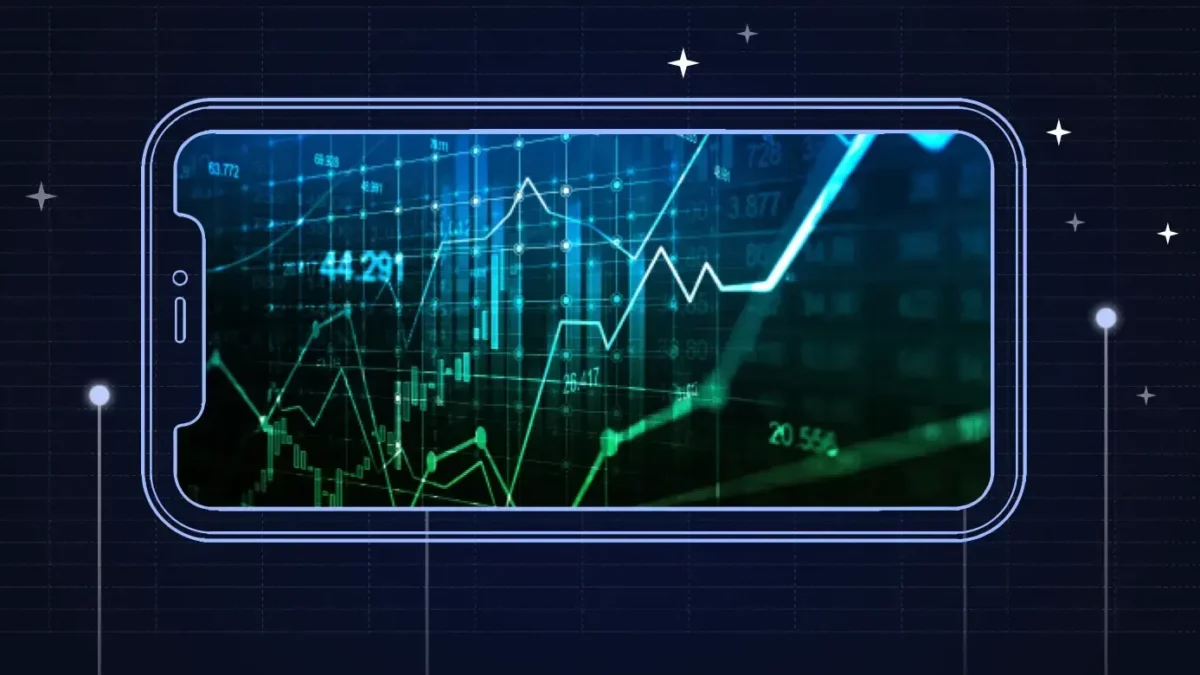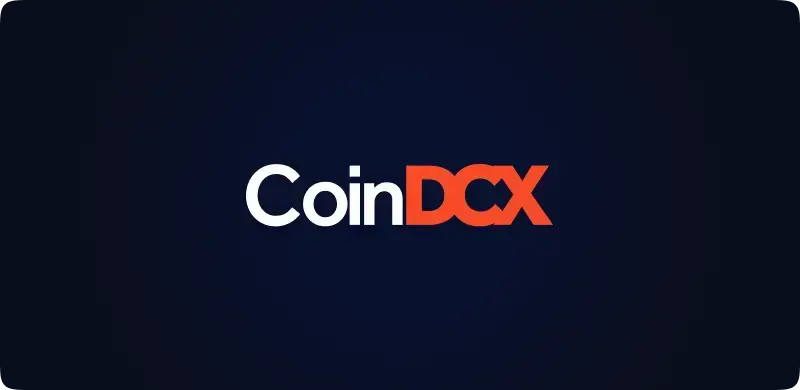Table of Contents
ToggleKey Takeaways:
- Understanding different order types in crypto futures trading is crucial for executing trades effectively and managing risk.
- Market orders offer instant execution but may be subject to slippage, while limit orders allow traders to set specific prices but may not guarantee execution.
- Stop orders, including stop-loss and stop-limit orders, help protect profits and limit potential losses in volatile markets.
Introduction
Whether you are a new trader in the crypto futures market or experienced, knowing how to place the right order type to use at the right time can make a significant difference in your trading journey. This highly critical skill forms a part of a trader’s trading strategy. Crypto futures order types provide traders with a variety of options to buy or sell digital assets at specific prices or under specific conditions. Understanding each order type’s mechanics and when to use them can empower traders to navigate the market effectively and manage risk.
Read More: CoinDCX Crypto Futures Order Types
What Are Market Orders
Market orders are the most straightforward type of crypto futures order. When you place a market order, you are instructing the exchange to execute the trade at the best available price in the current market. Market orders are ideal for traders who prioritize instant execution over price precision. However, they come with the risk of slippage, which is the difference between the expected price and the actual execution price. In highly volatile markets, slippage can lead to unexpected costs or profits.
Example of Use: Suppose you want to buy 5 BTCUSDT perpetual contracts immediately. Placing a market order will ensure your order is filled at the current market price without delay.
Things to Note about Market Orders:
- Market orders provide quick execution but may not guarantee the desired price.
- High volatility and low liquidity can lead to significant slippage, impacting the final execution price.
- Traders should be cautious when using market orders during times of extreme price fluctuations.
What Are Limit Orders
Limit orders offer traders more control over the price at which their orders get executed. When placing a limit order, you specify the maximum price you are willing to pay for a buy order or the minimum price you are willing to accept for a sell order. The exchange will only execute the trade when the market reaches your specified price or better. Limit orders are particularly useful when traders want to enter or exit positions at specific price levels.
Example of Use: Suppose you believe the price of ETHUSD perpetual will dip to $2,300 before rising again. You can place a limit buy order at $2,300, and the trade will execute only if the market price reaches or falls below your specified price.
Things to Note about Limit Orders:
- Limit orders provide price control but may not guarantee immediate execution, especially in fast-moving markets.
- The order may remain unfilled indefinitely if the market does not reach your specified price.
- Traders should consider the balance between price precision and the risk of missing out on potential trades.
Additional Read: Market Orders vs Limit Orders
What Are Stop Orders
Stop orders are conditional orders that become market orders once a specified price level, known as the stop price, is reached. These orders are commonly used to manage risk and protect profits in volatile markets. There are two main types of stop orders: stop-loss orders and stop-limit orders.
Stop-Loss Orders
Stop-loss orders are designed to limit potential losses by automatically selling a position when the market price reaches the stop price. They are valuable risk management tools, allowing traders to exit positions before losses become substantial.
Example of Use: You hold a leveraged long position in Bitcoin, but at the same time, you want to protect yourself from significant losses. Placing a stop-loss order at $40,000 will trigger a market sell order if the Bitcoin price falls to or below $40,000, limiting your potential losses.
Things to Note about Stop-Loss Orders:
- Stop-loss orders are essential for risk management and protecting capital.
- In times of extreme volatility, markets may experience slippage, causing the stop-loss order to execute at a price different from the stop price.
Stop-Limit Orders
Stop-limit orders combine the features of stop orders and limit orders. When the market reaches the stop price, the stop-limit order becomes a limit order with a specified price. This allows traders to have more control over the execution price but runs the risk of the order not being filled if the market does not reach the specified limit price.
Example of Use: You want to sell your crypto at a specific price, but only if it reaches a certain level. Placing a stop-limit sell order at $50,000 with a limit price of $49,800 will trigger a limit sell order if the market price reaches or exceeds $50,000. The order will only be executed if the price can be filled at $49,800 or better.
Things to Note about Stop-Limit Orders:
- Stop-limit orders provide price control but may not guarantee execution if the market does not reach the specified limit price.
- During periods of high volatility, the market may skip over the limit price, leaving the stop-limit order unfilled.
Conclusion
Understanding different crypto futures order types is crucial for traders to effectively navigate the dynamic and sometimes unpredictable crypto markets. Market orders offer instant execution but may be subject to slippage. Limit orders provide price control but may not guarantee immediate execution. Stop orders, including stop-loss and stop-limit orders, help manage risk and protect profits in volatile markets. By strategically utilizing these various order types, traders can enhance their trading experience and better achieve their trading objectives.
Feeling confident in your execution and risk management skills? Time to check out SOLUSDT perpetual futures on CoinDCX!
FAQs
What Are the Most Common Crypto Futures Order Types?
The most common crypto futures order types are market orders, limit orders, stop-loss orders, and stop-limit orders.
Which Order Type Is Best for Managing Risk?
Stop-loss orders are ideal for managing risk as they automatically trigger a market order to protect traders from significant losses.
How Can Traders Avoid Slippage in Market Orders?
To minimize slippage in market orders, traders can use limit orders instead, which allow them to specify the exact price at which they are willing to trade.
Related posts
CoinDCX Launches INR Margin Futures: A New Era for Crypto Futures Trading in India
CoinDCX launches the most cost-effective way to trade futures in India!
Read more
Complete Guide to Trading INR Margin Futures on CoinDCX
Trade crypto futures directly with INR on CoinDCX easily.
Read more

